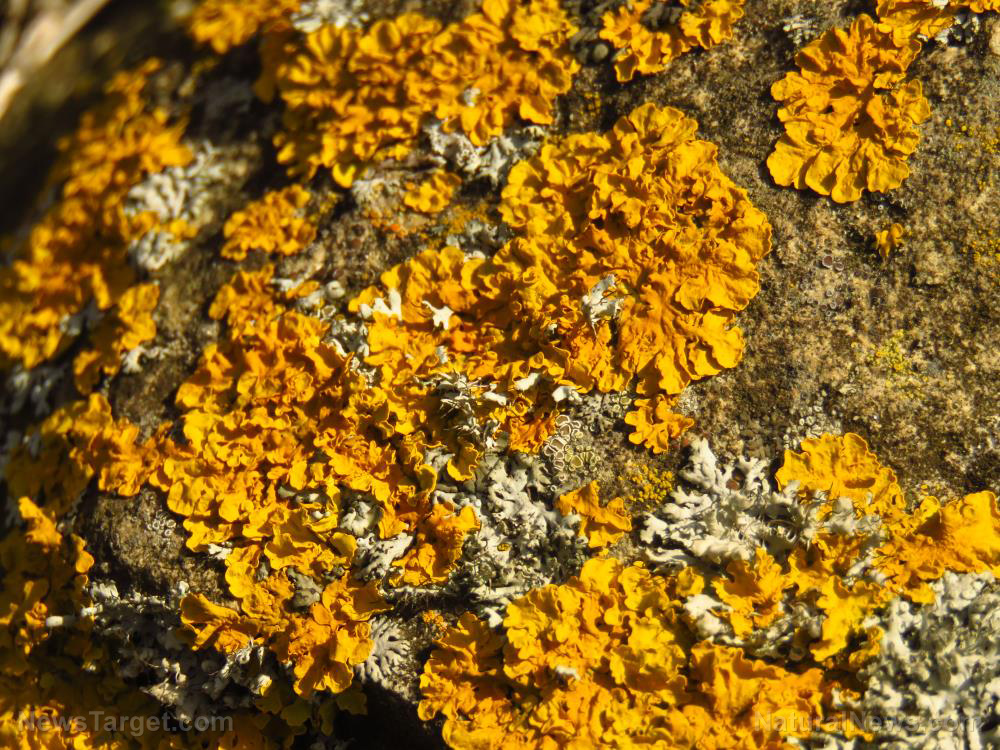
Researchers from Belgium, France and Canada discovered ancient fungi with a complicated and branching shape. They published their findings in the scientific journal Nature. If other studies confirmed their findings, the fungi they found would become the first from that eon that featured a complex structure.
Experts believed that the first fungi appeared around one billion years ago. Other lifeforms were also showing up around that time. However, early fungi were thought to be single-celled organisms. It was too early for the microorganisms to develop a multi-branched structure found in complex organisms.
“This is reshaping our vision of the world because those groups are still present today,” explained Corentin Loron, a researcher at the University of Liege and co-author of the study.
“Therefore, this distant past, although very different from today, may have been much more 'modern' than we thought.” (Related: Oxygen loss in ancient oceans led to mass extinctions – will history repeat itself?)
Ancient fungi might be a billion years old
Aside from potentially being some of the oldest fungi in the fossil record, the newly-discovered specimens suggested that the eukaryotes abandoned their oceanic habitat for the land earlier than plants did.
The earliest known terrestrial plants came ashore around 470 million years ago. In comparison, the fossilized fungi found by Loron's team apparently not only lived on land but did so a billion years in the past — 530 million years ahead of any plant.
“The fungi were probably colonizing the land before the plants,” Loron suggested.
A team came across the fossils in shale rock that once made up the bed of an estuary. The ULiege-led research team calculated the age of the fossils using two different dating techniques. First, they performed uranium-lead dating on tiny minerals called detrital zircons that appeared within the shale. Zircon is a very sturdy mineral that resists the weathering effects of the eons. The oldest known zircons came from the Jack Hills of Mid West Western Australia. Their age was estimated to be 4.4 billion years old. The researchers also employed a second dating technique that estimated the age of the organic matter in the shale. They compared the data from the two methods.
Ancient fungi might have colonized the land ahead of plants
The researchers named the species Ourasphaira giraldae. Their analyses set the age of the fossil fungi between one billion and 900 million years old.
O. giraldae bear some resemblance to balloons. The body structure of the ancient fungus branched out into slender filaments that ended in spherical spores, which acted as the fungal equivalents of seeds in flowering plants. The fungi are tiny. Each spore measures several hundred nanometers in diameter, while the filaments that support them only reaches a few dozen micrometers in length.
Loron's team also reported uncovering evidence that the same fossils retained some chitin, the fiber that comprised fungal cell walls. They shone infrared light on the specimens, evaluated the reflections, and compared the patterns to chitin in modern-day fungi. The analysis suggested that the light patterns of O. giraldae matched their living descendants, some of which have gone aboard space stations.
Previously, the oldest fungi fossils on record came from Wisconsin. Those fossilized spores lived 450 million years ago. If O. giraldae did live on land, something — a flood, perhaps — must have displaced the ancient fungi into the estuary. It is also possible that the fungi lived in the shallow water of the area.
Sources include:
Please contact us for more information.























